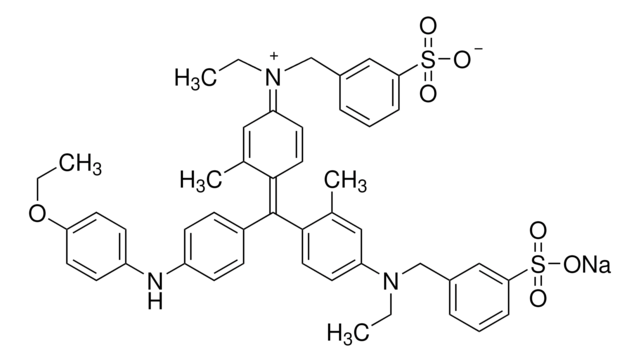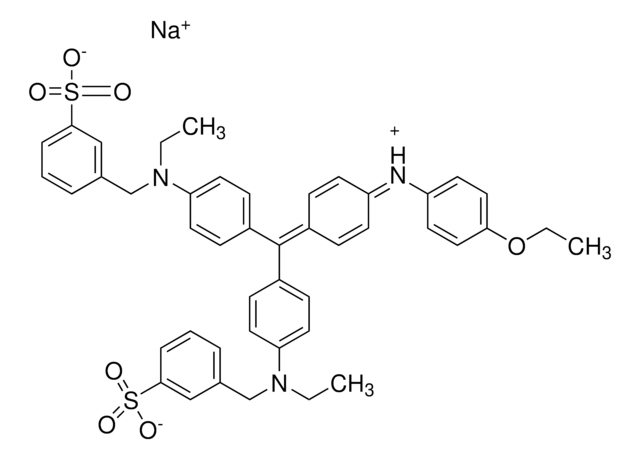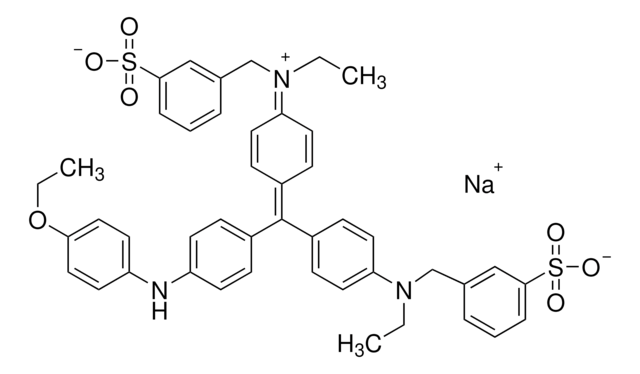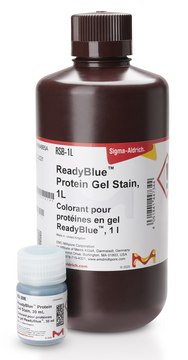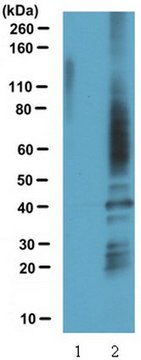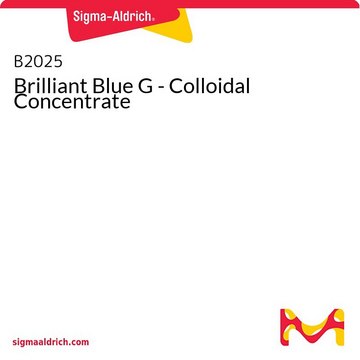Select a Size
CN¥678.00
Select a Size
About This Item
CN¥678.00
Recommended Products
form
solution
storage temp.
room temp
Related Categories
1 of 4
This Item | B0770 | B8647 | B0149 |
|---|---|---|---|
| storage temp. room temp | storage temp. room temp | storage temp. room temp | storage temp. room temp |
| Quality Level 200 | Quality Level 200 | Quality Level 200 | Quality Level 200 |
General description
Application
Reconstitution
Analysis Note
related product
Signal Word
Warning
Hazard Statements
Precautionary Statements
Hazard Classifications
Eye Irrit. 2 - Met. Corr. 1 - Skin Irrit. 2
Storage Class Code
8B - Non-combustible corrosive hazardous materials
WGK
WGK 2
Flash Point(F)
Not applicable
Flash Point(C)
Not applicable
Choose from one of the most recent versions:
Already Own This Product?
Find documentation for the products that you have recently purchased in the Document Library.
Which document(s) contains shelf-life or expiration date information for a given product?
If available for a given product, the recommended re-test date or the expiration date can be found on the Certificate of Analysis.
How do I get lot-specific information or a Certificate of Analysis?
The lot specific COA document can be found by entering the lot number above under the "Documents" section.
How would you recommend that I reconstitute Product B2025, Brilliant Blue G?
One bottle of the product makes 1 liter of working solution. The suspension will contain 0.1% (w/v) Brilliant Blue G, 0.29 M phosphoric acid and 16% saturated ammonium sulfate after diluting to 1 Liter with 800 mL water.
What is the solution stability of Product B2025, Brilliant Blue G?
Once diluted the solution should be stable indefinitely. It should be stored in the refrigerator and shaken well before each use. The solution tends to precipitate on standing and heat accelerates precipitation. Therefore, do not leave the bottle at room temperature overnight.
Can you use Product B2025, Brilliant Blue G, with nitrocellulose?
Use with nitrocellulose is not recommended, due to the methanol.
How is Product B2025, Brilliant Blue G, better than other Coomassie Blue dyes?
The major advantage of the colloidal form is that it gives less background staining that the "regular" non-colloidal Coomassie Brilliant Blue G and Brilliant Blue R stains. Sensitivity can be markedly increased by double staining, first with Coomassie Brilliant Blue G Colloidal, then Rapid Silver Stain.
What is the detection limit of Product B2025, Brilliant Blue G?
The detection limit for proteins is about 50 ng of protein. However, proteins pick up stains differently so this is a general description and may not apply to all proteins
How do I find price and availability?
There are several ways to find pricing and availability for our products. Once you log onto our website, you will find the price and availability displayed on the product detail page. You can contact any of our Customer Sales and Service offices to receive a quote. USA customers: 1-800-325-3010 or view local office numbers.
What is the Department of Transportation shipping information for this product?
Transportation information can be found in Section 14 of the product's (M)SDS.To access the shipping information for this material, use the link on the product detail page for the product.
My question is not addressed here, how can I contact Technical Service for assistance?
Ask a Scientist here.
Protocols
Brilliant Blue G-Colloidal Concentrate stains proteins in IEF, PAGE, and SDS-PAGE gels after electrophoresis, enhancing sensitivity with protein fixation.
Our team of scientists has experience in all areas of research including Life Science, Material Science, Chemical Synthesis, Chromatography, Analytical and many others.
Contact Technical Service